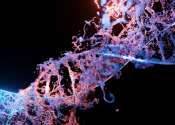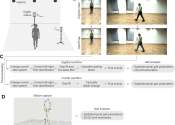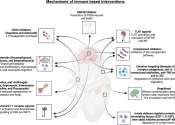Cerebral palsy (CP) is an umbrella term encompassing a group of non-progressive, motor, non-contagious conditions that cause physical disability in human development.
Cerebral refers to the cerebrum, which is the affected area of the brain (although the disorder most likely involves connections between the cortex and other parts of the brain such as the cerebellum), and palsy refers to disorder of movement. CP is caused by damage to the motor control centers of the developing brain and can occur during pregnancy (about 75 percent), during childbirth (about 5 percent) or after birth (about 15 percent) up to about age three. Further research is needed on adults with CP as the current literature is highly focused on the pediatric patient.
Cerebral palsy describes a group of permanent disorders of the development of movement and posture, causing activity limitation, that are attributed to nonprogressive disturbances that occurred in the developing fetal or infant brain. The motor disorders of cerebral palsy are often accompanied by disturbances of sensation, perception, cognition, communication, and behaviour, by epilepsy, and by secondary musculoskeletal problems.
There is no known cure for CP. Medical intervention is limited to the treatment and prevention of complications arising from CP's effects. A 2003 study put the economic cost for CP sufferers in the US at $921,000 per case, including lost income.
In another study, the incidence in six countries surveyed was 2.12–2.45 per 1,000 live births, indicating a slight rise in recent years. Improvements in neonatal nursing have helped reduce the number of babies who develop cerebral palsy, but the survival of babies with very low birth weights has increased, and these babies are more likely to have cerebral palsy.









